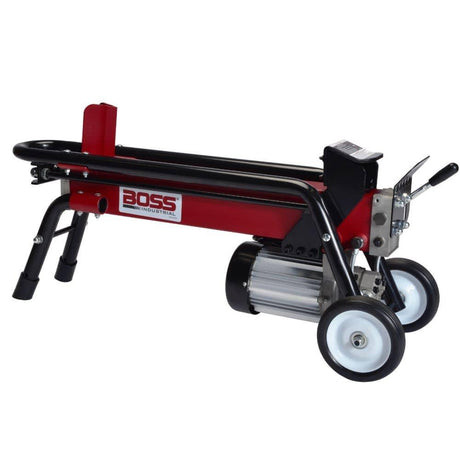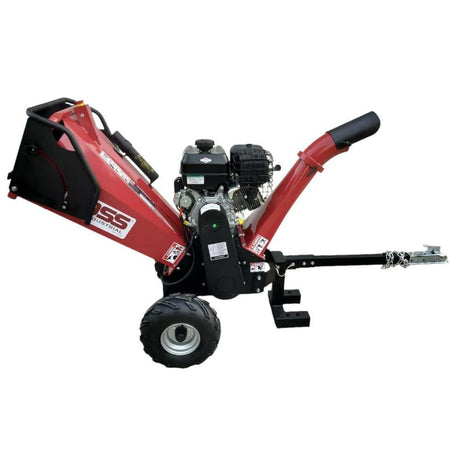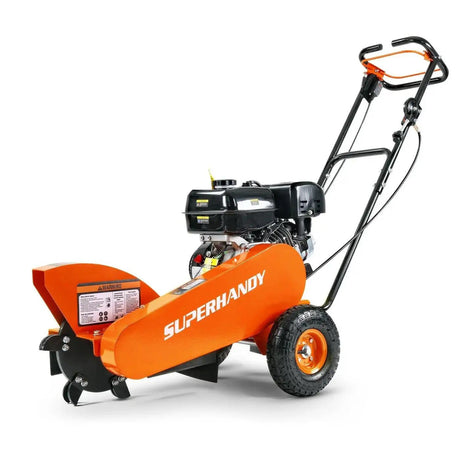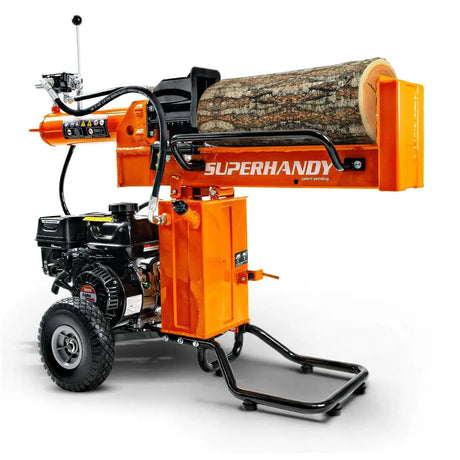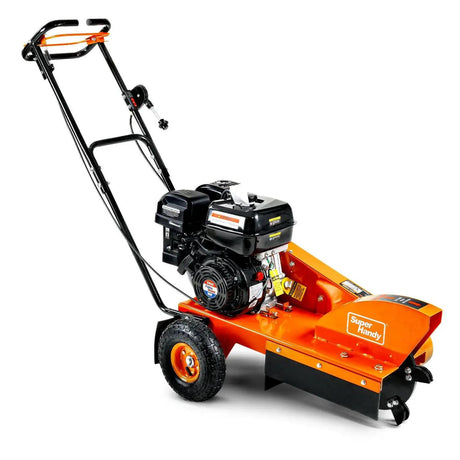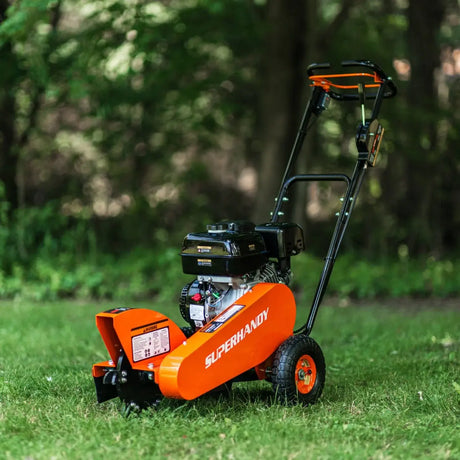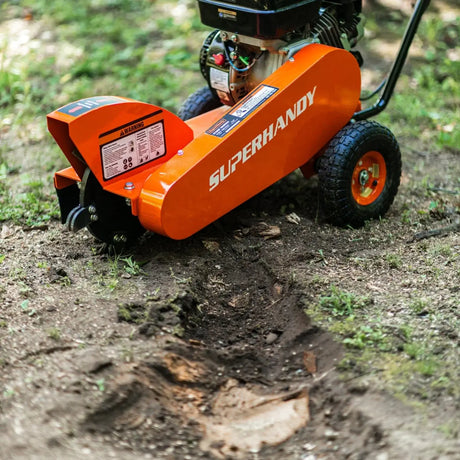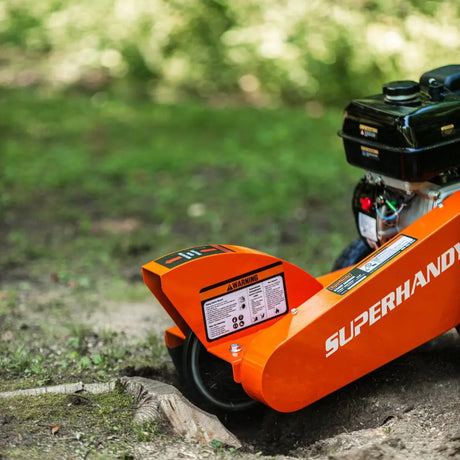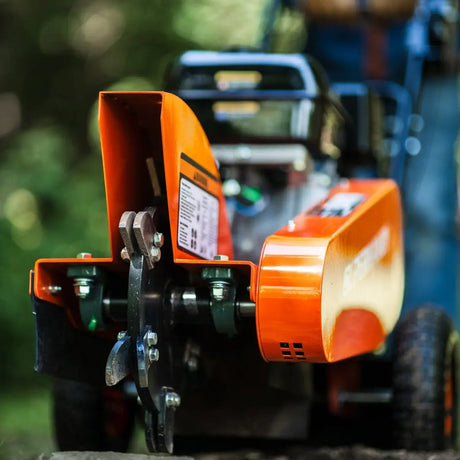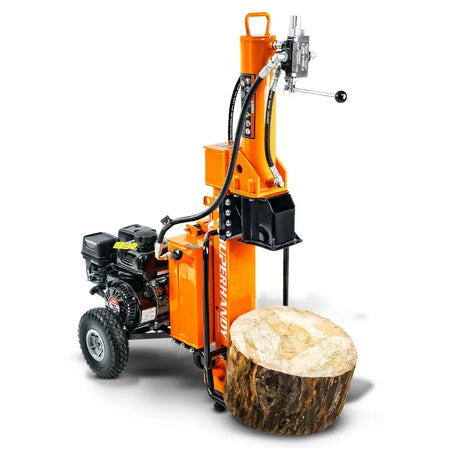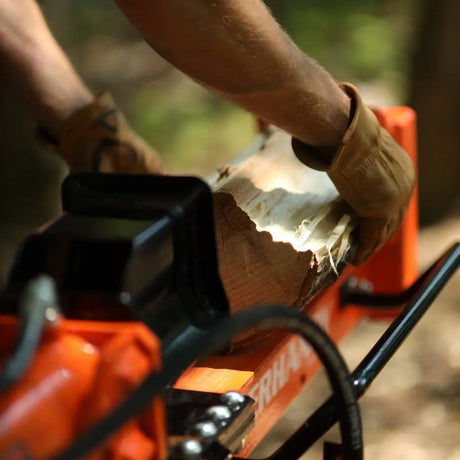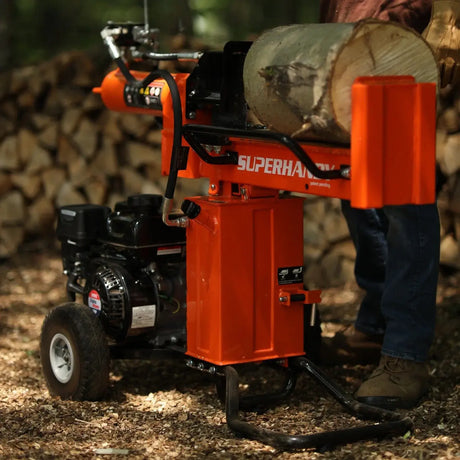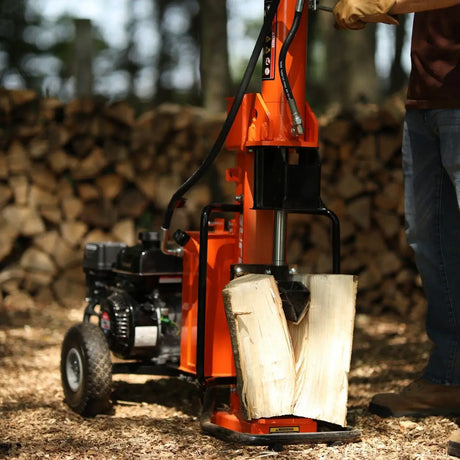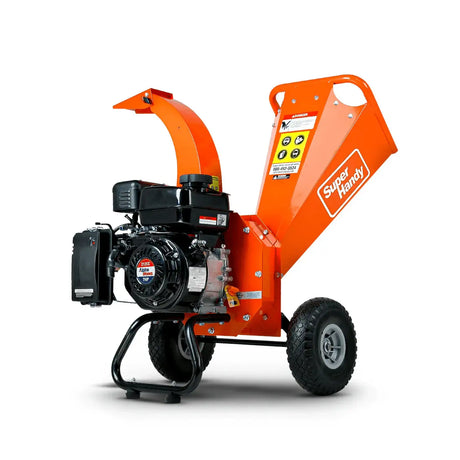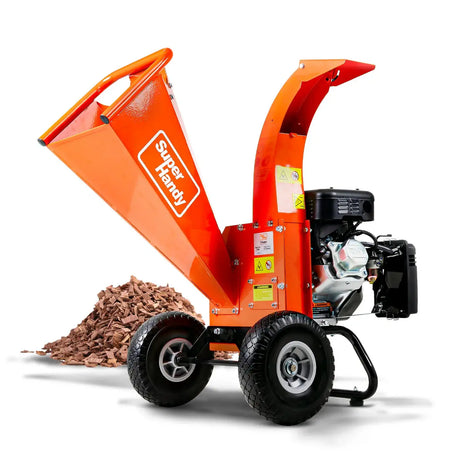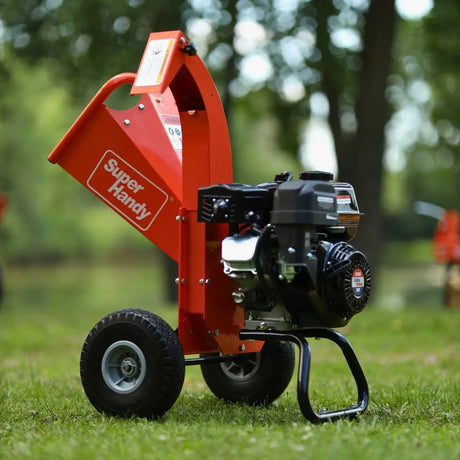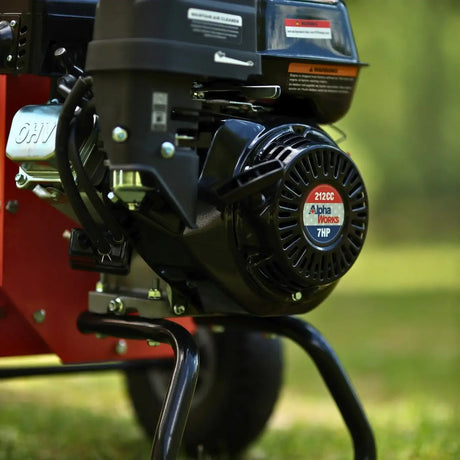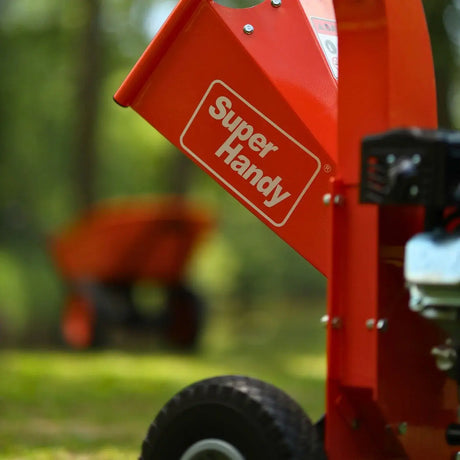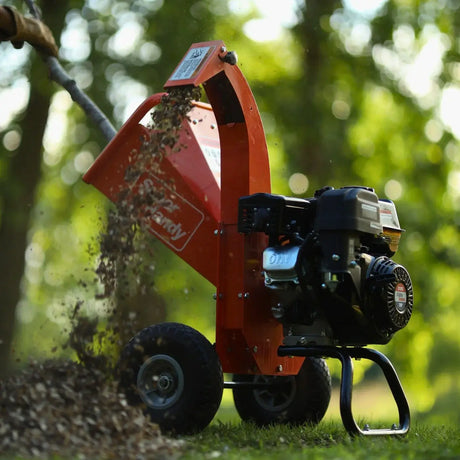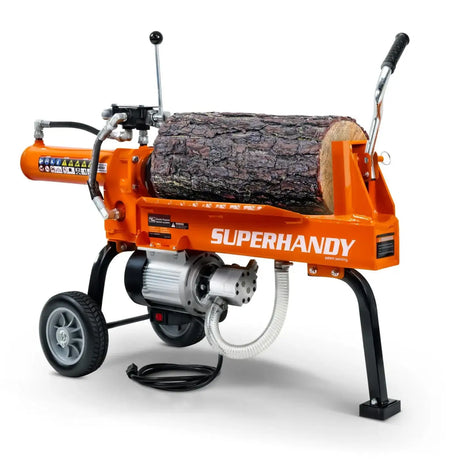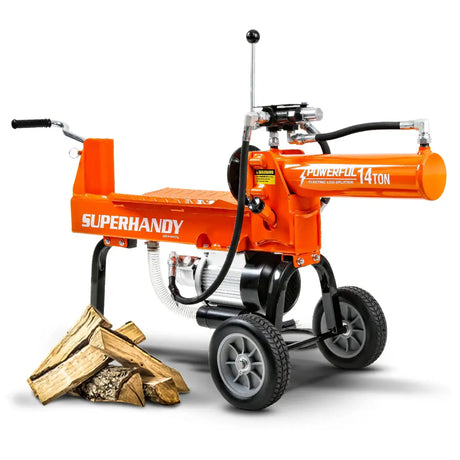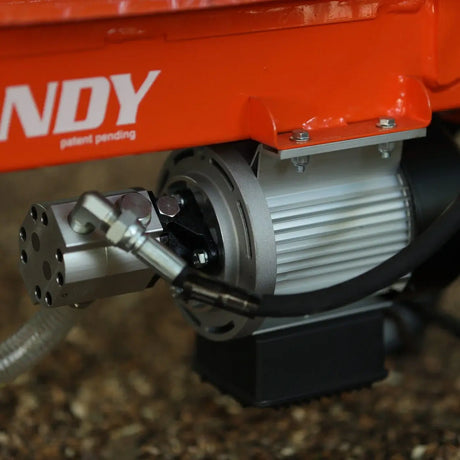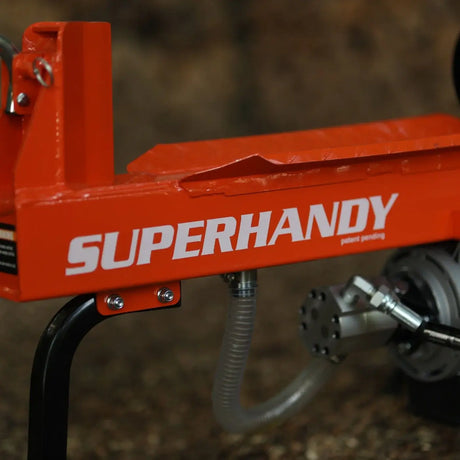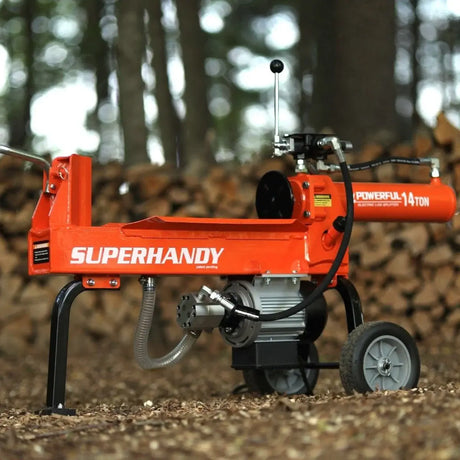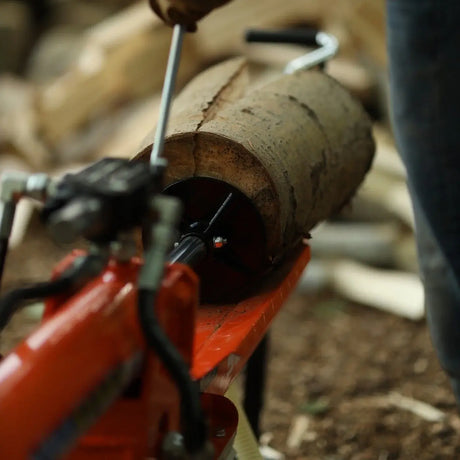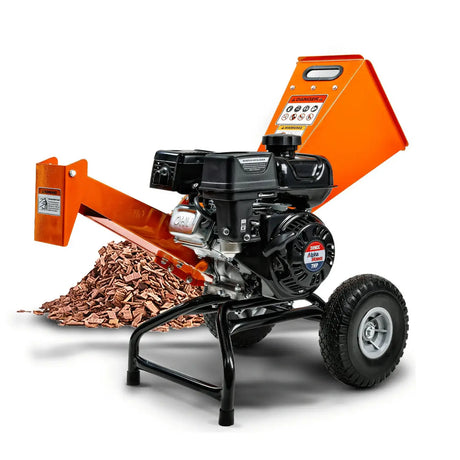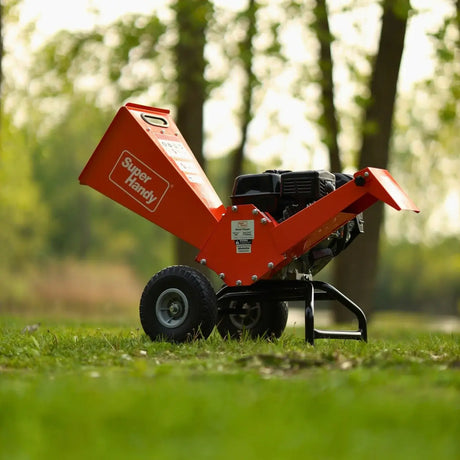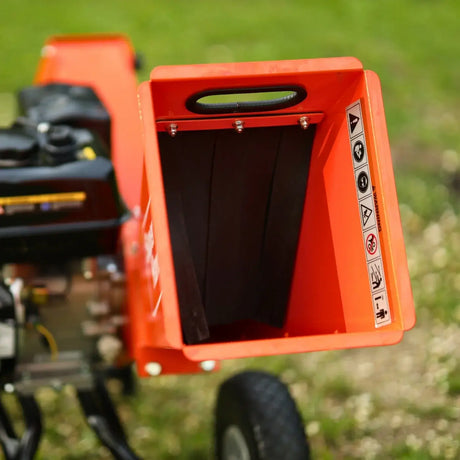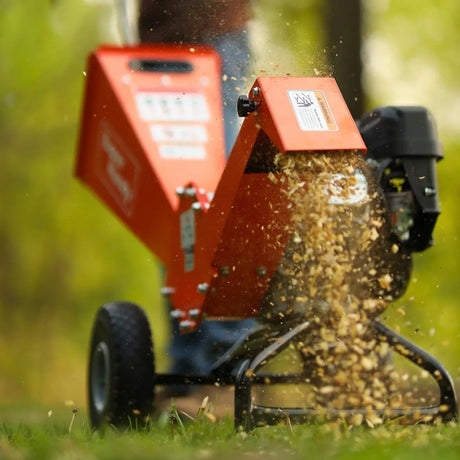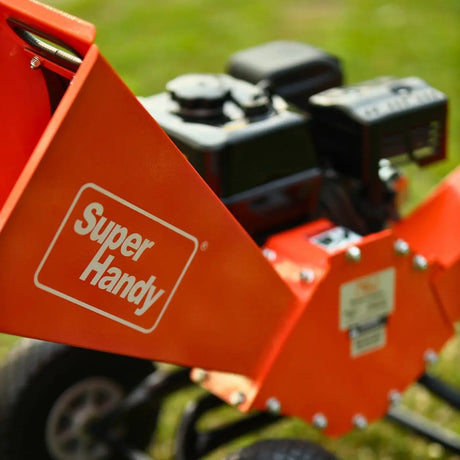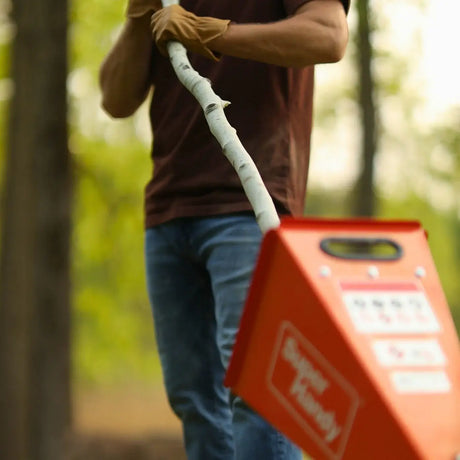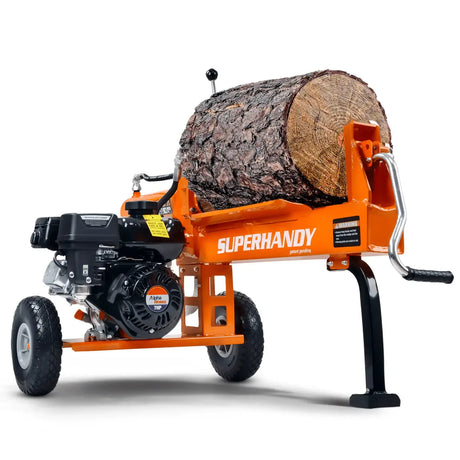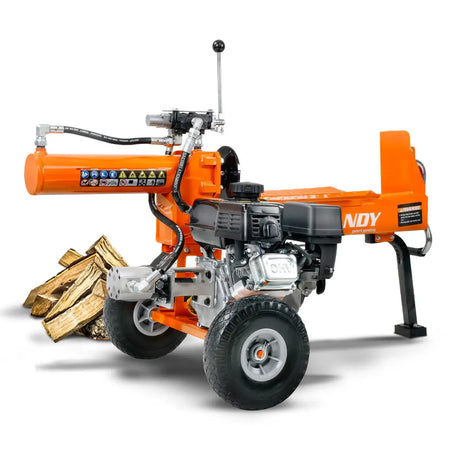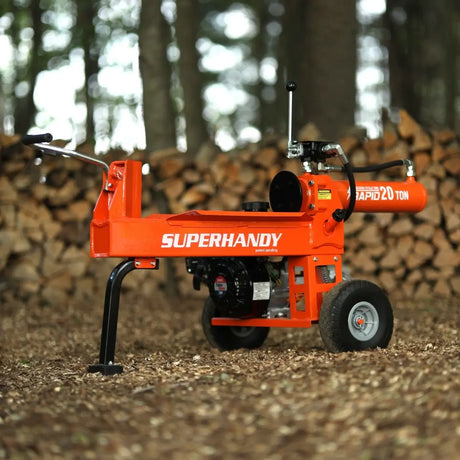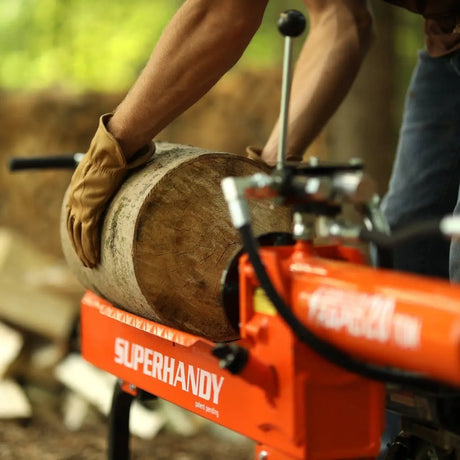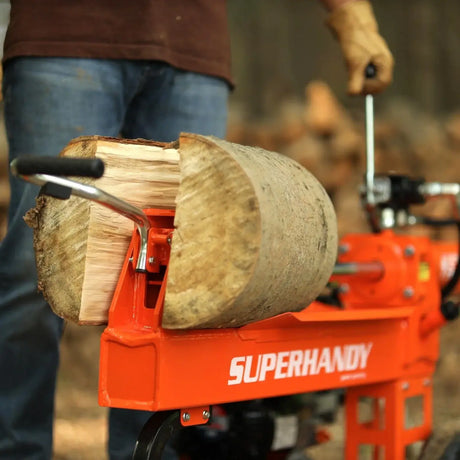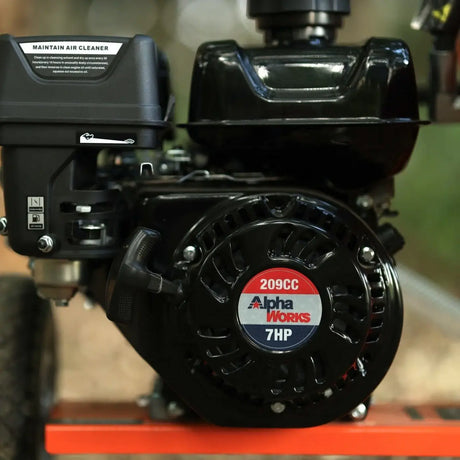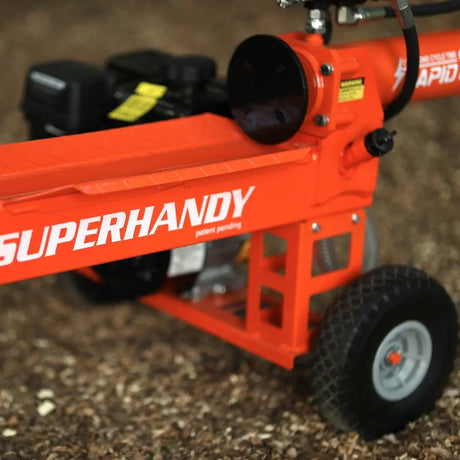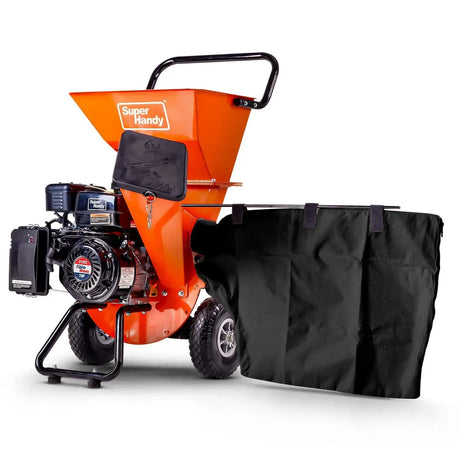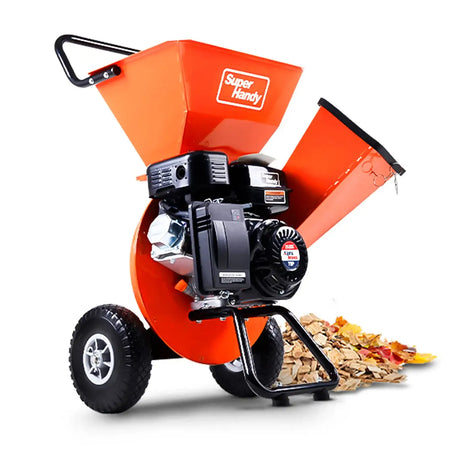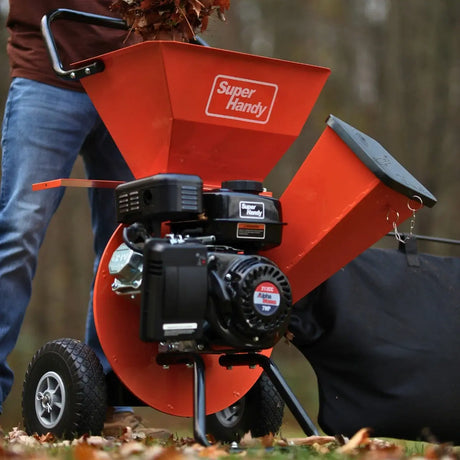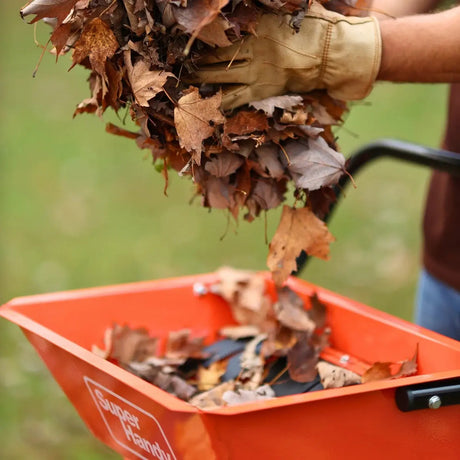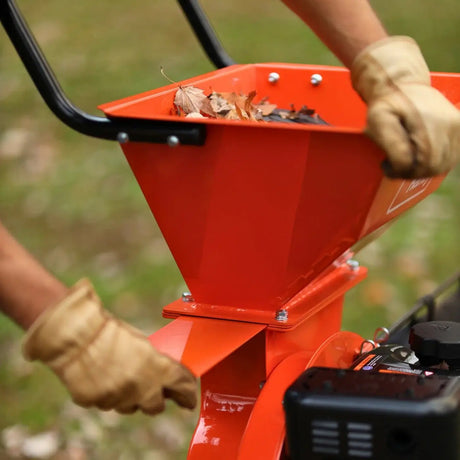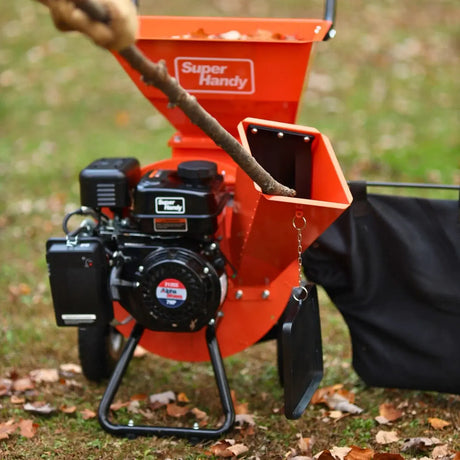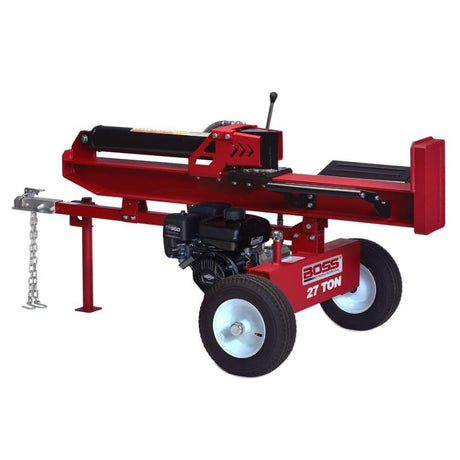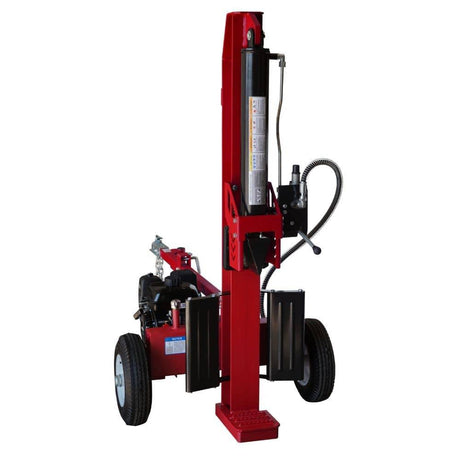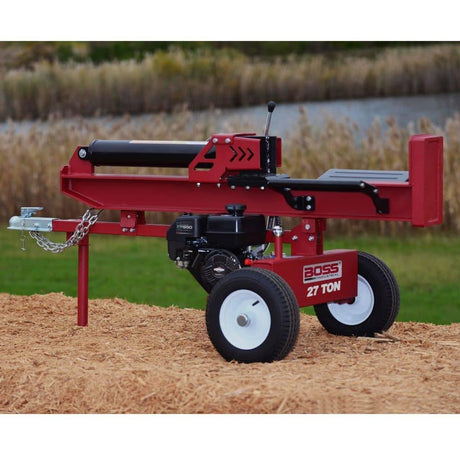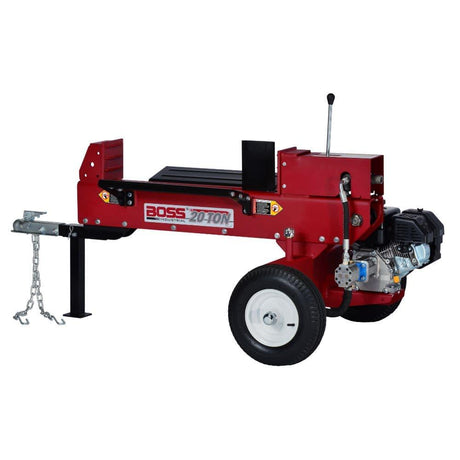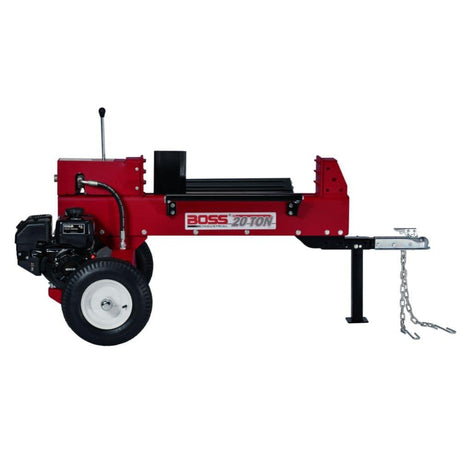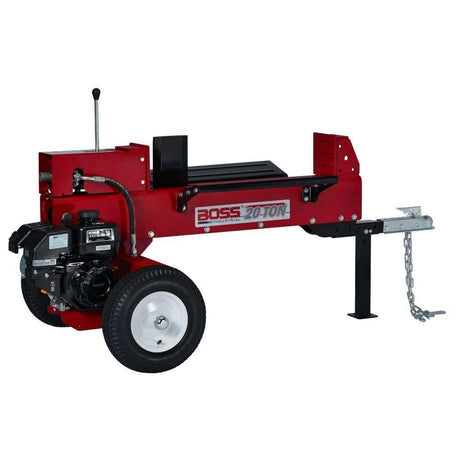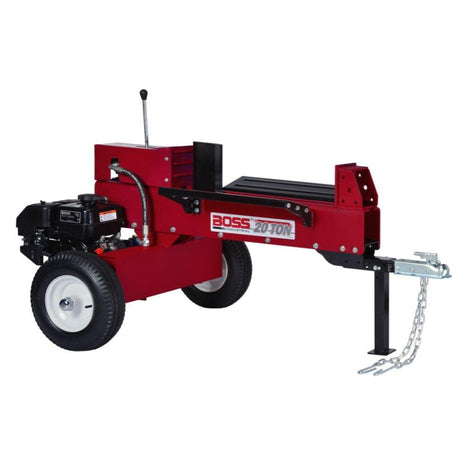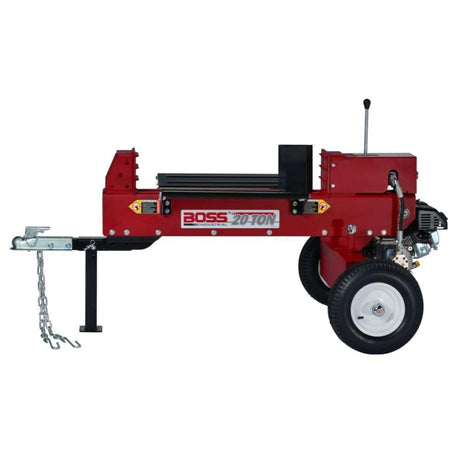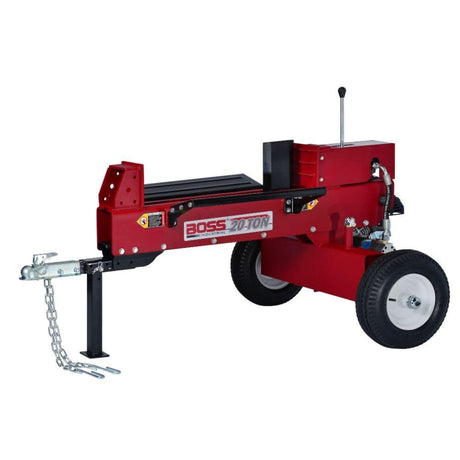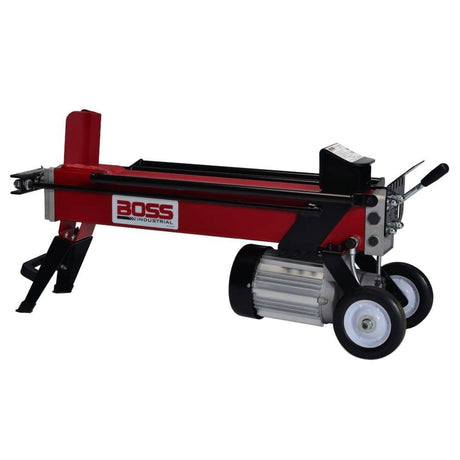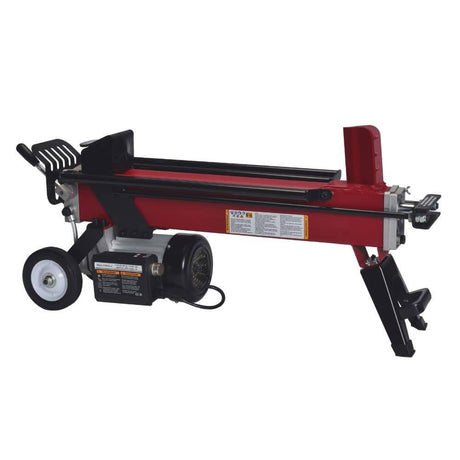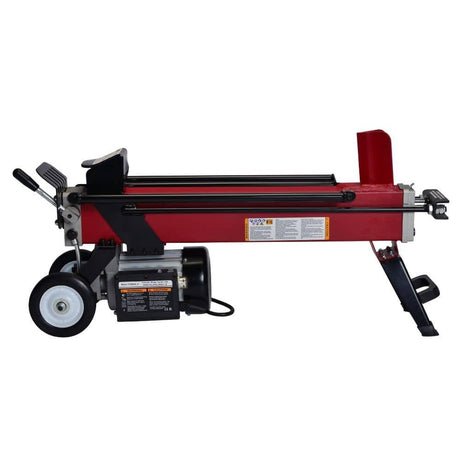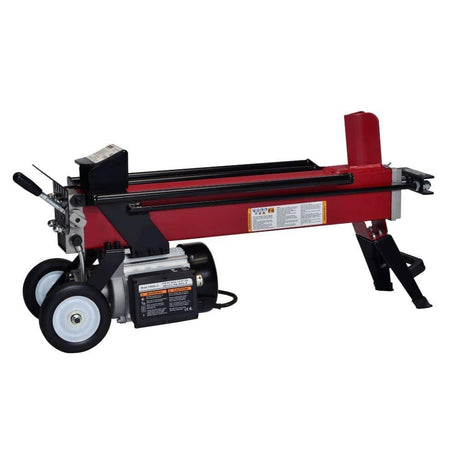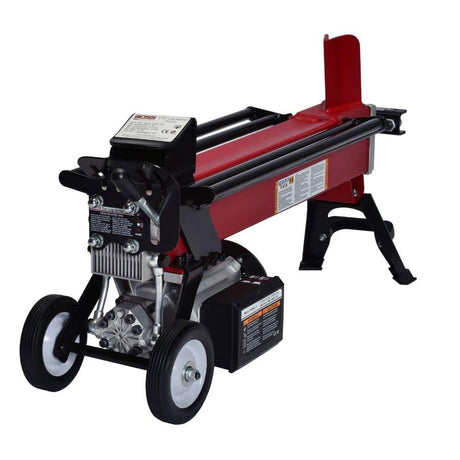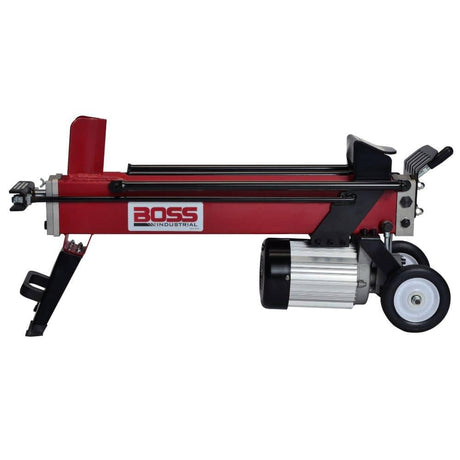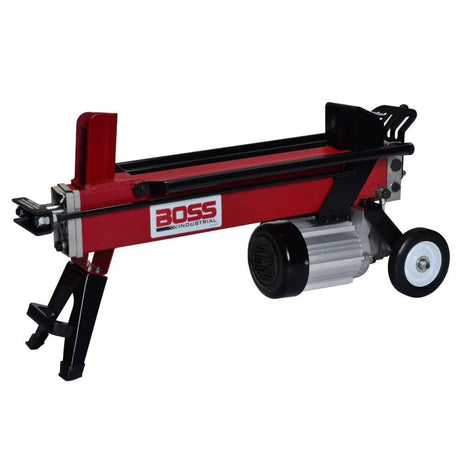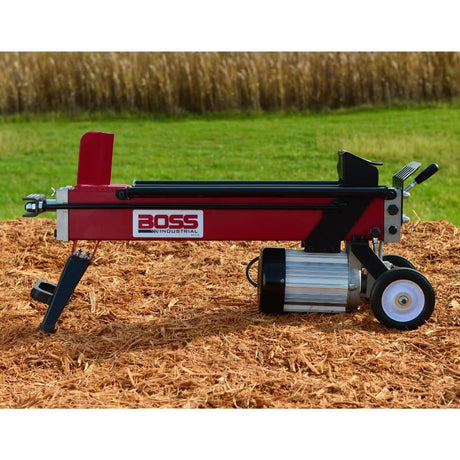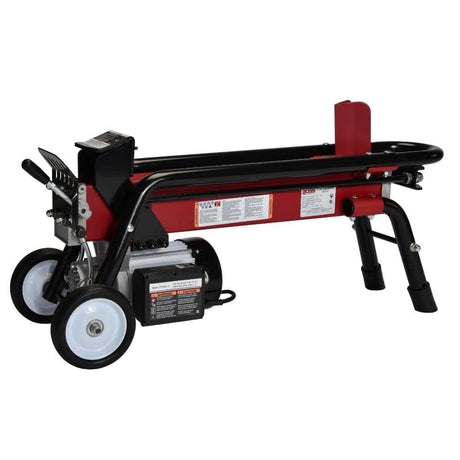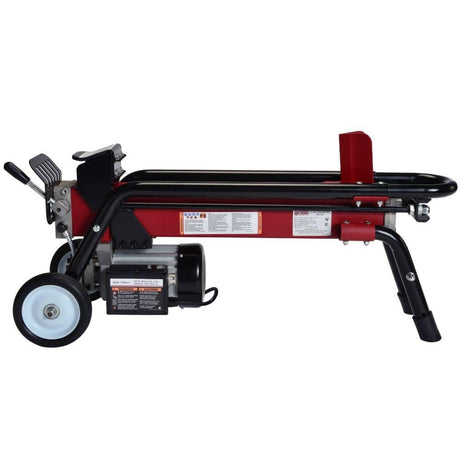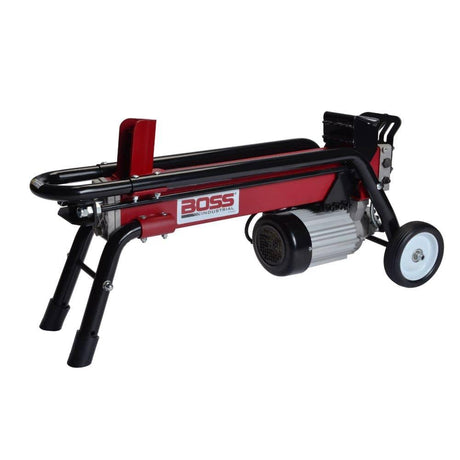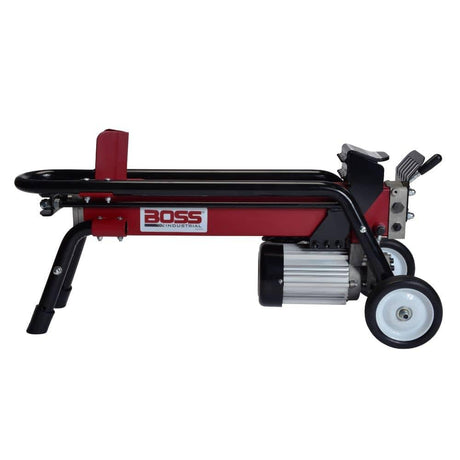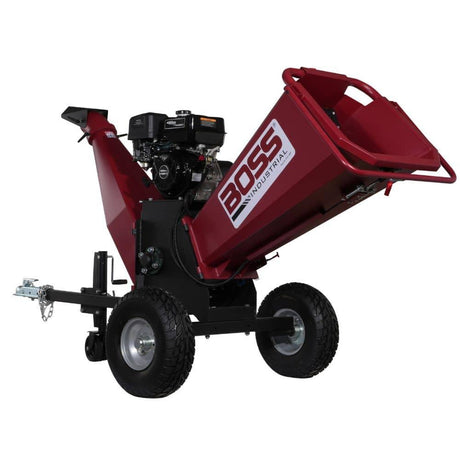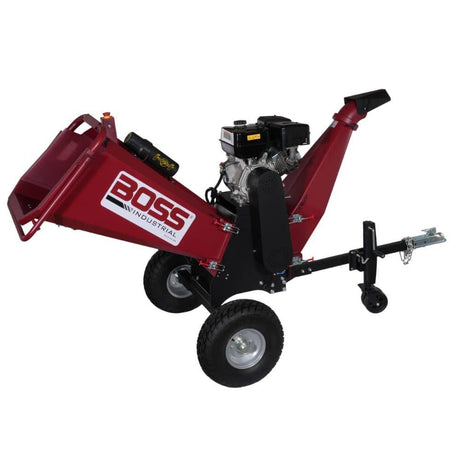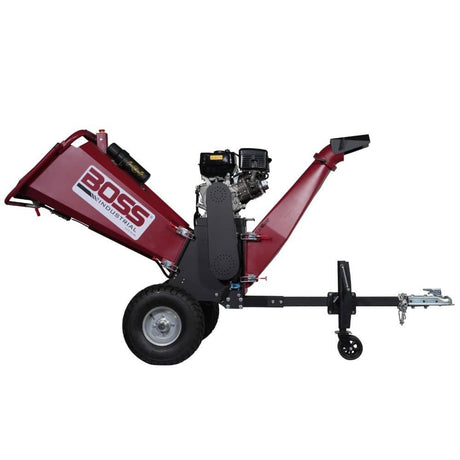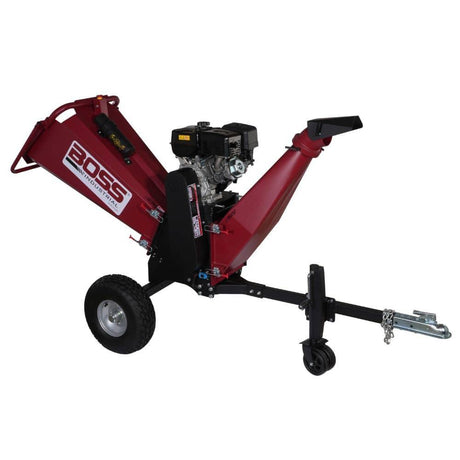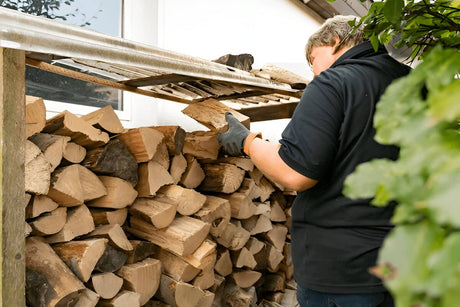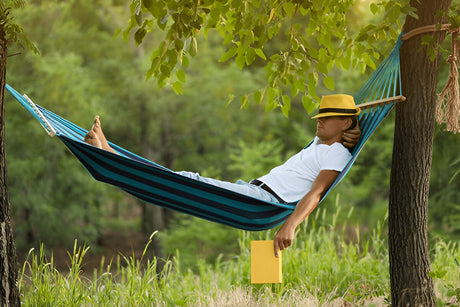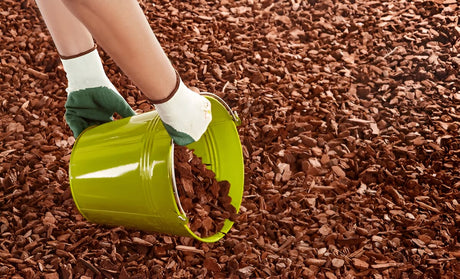Ever stood in front of a massive pile of branches wondering how long it'll take to chip it all down? You're not alone. Whether you're clearing up after a storm or tackling seasonal yard cleanup, knowing how long a job might take helps you choose the right machine and plan your time.
This guide compares chipping times across different machine sizes, from small electric models to industrial-grade monsters.
Quick tip: A 10-cubic-yard pile can look deceptively small—but with the wrong chipper, it can take all day. Matching machine to pile size is everything.
If you’re new to chippers, learn how they work with our What Is a Wood Chipper Machine and How Does It Work? guide for a quick overview.
Key Takeaways
- ⚙️ Machine size and power drastically affect how long it takes to chip a pile.
- 📏 Chipping 10 cubic yards could take 30 minutes-or 10 hours, depending on the chipper.
- 🌲 Branch diameter and wood type also impact speed. Dry, softwood chips faster than wet hardwood.
- 🛠️ Maintained blades = faster work. Keep your machine sharp and clean.
Estimated Chipping Time by Machine Type and Pile Size
The table below shows average chipping times for 10 cubic yards of material using different chipper types. It's a helpful starting point whether you're renting or buying equipment.
| Machine Type 🛠️ | Capacity (Max Branch Diameter) 🌳 | Throughput (Cubic Yards/Hour) 🚀 | Time to Chip 10 Cubic Yards ⏱️ | Best Use Case 🎯 |
|---|---|---|---|---|
| Small Electric Chipper ⚡ | 2 inches | 1–2 | 5–10 hours | Residential use for small piles of branches and yard debris |
| Medium Gas-Powered Chipper ⛽ | 4–6 inches | 4–6 | 1.5–2.5 hours | Larger residential or light commercial projects |
| Large Commercial Chipper 🏗️ | 6–12 inches | 10–15 | 40–60 minutes | Professional landscaping or tree service companies |
| Industrial Chipper 🏭 | >12 inches (whole trees) | 20+ | 30 minutes | Forestry operations or municipalities handling large volumes |
What This Table Shows
This table organizes chipper types by:
- 🔩 Max capacity (how thick of a branch it can handle)
- 🚛 Throughput in cubic yards per hour
- ⏱️ Estimated time to chip 10 cubic yards
- 🎯 Ideal user or project type
The numbers assume reasonably dry, mixed wood-branches and small limbs, not dense trunks or brush piles full of leaves.
💡 Wet, green, or knotty wood can double chipping time—especially with small or dull machines. Always adjust your expectations based on wood condition.
A few key takeaways:
- Small electric chippers are quiet and compact but slow. Best for weekend warriors with a small yard.
- Medium gas-powered models are the sweet spot for homeowners with a lot of trees or landscapers handling multiple yards.
- Commercial and industrial chippers are overkill for most, but when you've got big piles or large branches, they're a game changer.
If you need to estimate how much wood you’re starting with, check out our Estimated Firewood Volume by Tree Diameter (DBH) Chart for accurate volume estimates.
How to Use This Data in Real Life
✅ Picking the Right Chipper for the Job
- Chipping 3-5 cubic yards? Go with a medium gas-powered chipper if you want to finish in under 2 hours.
- Working on a tight city lot with small trimmings? A small electric chipper will do the job, just be ready for a longer day.
- Running a landscaping business or tree service? Invest in a large commercial chipper to get through piles quickly and increase daily job volume.
🔄 Avoid These Common Mistakes
- Overestimating small chippers: They're great for light cleanup, but struggle with anything over 2 inches.
- Ignoring maintenance: Dull blades or clogged intakes slow you down fast.
- Feeding inconsistently: Try to keep a steady pace and prep your material beforehand-limbs should be trimmed and within diameter limits.
Final Thoughts
Time is money-especially when you're handling big yard projects. Understanding chipping time by machine size helps you:
- ✅ Choose the right equipment
- ⏱️ Estimate job duration
- 💰 Save money by avoiding over- or underpowered tools
Want help picking the perfect chipper for your property or business?👉 Check out our wood chipper collection here →We break it down by size, power, and best use case-so you can chip smarter, not harder.


